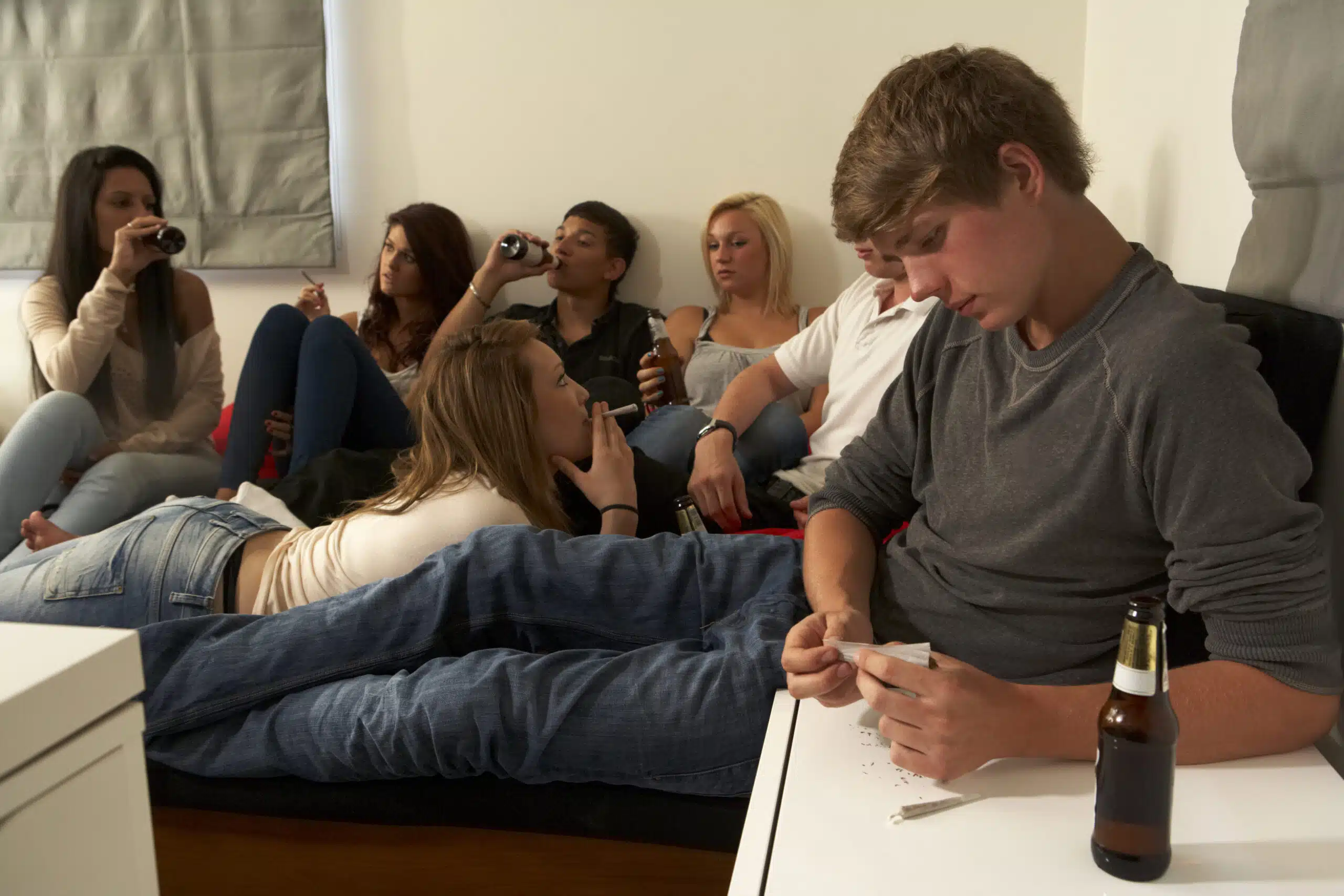
Recognizing the Signs and Symptoms of Anxiety Disorder
At times, anxiety is not a bad thing as it can motivate someone to maintain focus amid the pressure. On the other hand, anxiety can lead to worries, panic attacks and fears which can interfere with someone’s way of life. When this happens, the person is said to be suffering from an anxiety disorder. Anxiety disorders can negatively impact the quality of life for the patient if they are not checked.
One way of dealing with anxiety is by understanding the signs and symptoms. When you recognize the signs and symptoms of teen anxiety disorder, you can help your child by looking at treatment options. Discussed here are some of the common signs and symptoms associated with different forms of anxiety disorders.
Signs and Symptoms
Generalized Anxiety
General Anxiety Disorder (GAD) is a common anxiety disorder whereby the teen is worried excessively about many things including school, health, their safety or their future in general. The individual has thoughts of the ‘worst case scenario’, hence are always filled with worry and dread which may continue for many months. Generalized anxiety causes worries that make the teens feel burdened and making life seem overwhelming and out of control.
Several physical signs and symptoms may also accompany the teenager. These include headaches, stomach upsets, tiredness and muscle tension. Other common symptoms include restlessness, difficulty concentrating, minds going blank, irritability and sleep disturbances. As a result, they may end up missing school and avoid other social activities.
Panic Disorders
A panic disorder is a form of anxiety disorder where the individual experiences recurrent unexpected panic attacks. Panic attacks are abrupt periods of extreme fear characterized by palpitations, accelerated heart rate, pounding heart, trembling, sweating, shortness of breath, choking and feeling of an oncoming doom.
The major sign of this disorder is the sudden and recurrent panic attacks. Other signs and symptoms include feeling out of control during the attack, intense worry about the next attack that will occur and avoiding or fearing the places where a panic attack had occurred previously.
Social Anxiety Disorder
Also known as social phobia, social anxiety disorders occur when a person presents with a marked fear of performance or social situations where they feel they may end up being embarrassed, fearful, rejected, judged or offending others.
The signs and symptoms of social phobia include:
- Being anxious about interacting and talking with other people
- Having self consciousness when with other people and worrying that one will be humiliated, rejected, judged or embarrassed
- Worrying for many days or even weeks before the event where people will be
- Avoiding other people hence difficulty in making and retaining friends
- Blushing, trembling, sweating and feeling nauseous when around other people
Other forms of anxiety disorders include obsessive compulsive disorders (OCD), specific phobias and post traumatic stress disorder (PTSD).
Causes and Risk Factors
The exact cause of anxiety disorders is not known. However, just like with other mental illnesses, a combination of several factors have been shown to play a role in development of different forms of anxiety disorders. Some of the factors include genetics, environmental stress, brain chemistry, learned behavior and an overactive fight/flight response.
A teenager with family members living with anxiety disorders is more likely to develop one too because of genetics. Traumatic events in a child’s life such as abuse, death of a loved one or parents’ divorce may set a stage for anxiety disorders later in life. When children grow up in a family with fearful people, they may learn this behavior and treat the world as a dangerous place.
Other factors that may lead to anxiety disorders include stress due to illnesses, trauma, personality, other mental disorders and drugs including alcohol.
Treatment and Therapies
There are two major treatment approaches: psychotherapy and medications. Often, the two are tailored together and offered simultaneously. Cognitive behavioral therapy (CBT) is an effective form of psychotherapy used in management of anxiety. The patient is taught how to identify and control factors that lead to their anxiety.
The medications used include prescription antidepressants, certain anticonvulsants, low dose antipsychotics and anxiolytics. Symptoms can be managed by avoiding caffeine, alcohol and other drugs, increasing exercise, eating right and sleeping better. Getting help early makes treatment easier.
Get Help for Anxiety Disorders Today
Anxiety disorders are common and can affect anyone including teenagers. The disorders can make life of the patient difficult as they may interfere with the normal functioning. However, anxiety does not have to hinder anyone from living a happy and fulfilling life because there are several things that can be done to keep the anxiety in check. The main approaches in treatment include psychotherapy and medications with combination of these approaches being more effective.
Contact Beachside Teen Treatment Center today to find help for your teen.




